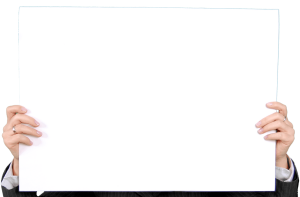Plane
A plane is a flat surface with no thickness that extends forever.

Our world has three dimensions, but a plane has only two dimensions:
- length and width make a plane, or
- horizontal and vertical make a plane, or
- x and y also make a plane
A plane has two dimensions, no thickness,
and goes on forever.
In Geometry we can have different dimensions:
Point, Line, Plane and Solid
A Point has no dimensions, only position
A Line is one-dimensional
A Plane is two dimensional (2D)
A Solid is three-dimensional (3D)
We live in a 3D world, but we often work with 2D spaces, like triangles, circles, squares, etc.
Examples
It is actually hard to give a real example!
When we draw on a flat piece of paper we are drawing on a plane ...

... except that the paper itself is not a plane, because it has thickness! And it should extend forever, too.
So the very top of a perfect flat piece of paper
that goes on forever is the right idea!

Example: A Digital Plane
A TV or computer screen shows a plane.
Everything we see on the screen is in a 2D space.
We can make it look 3D, but it is really just 2D.
And it feels like it goes on forever when we scroll!
Also: a whiteboard, the top of a table and the floor are all like a plane.
Here you can play with part of a plane, in drag mode you can spin it yourself:
Plane vs Plain
In geometry a "plane" is a flat surface with no thickness.
But a "plain" is a treeless mostly flat expanse of land ... it is also flat, but not in the pure sense we use in geometry.
Both words have other meanings too:
- Plane can also mean an airplane, a level, or a tool for smoothing surfaces
- Plain can also mean simple, ordinary, or easy to understand
Imagine
Imagine we lived in a 2D world. We could travel places, visit friends, but nothing in our world has height.
We could measure distances and angles.
We could go fast or slow. We could go forward, backwards or sideways. We could move in straight lines, circles, or anything, so long as we never go up or down.
There is a classic book called Flatland by Edwin Abbott that explores this idea.